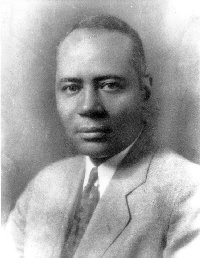
Charles Hamilton Houston, a visionary African American lawyer known as “the man who killed Jim Crow.”
The Road to Brown tells the story of the Brown v. Board of Education ruling as the culmination of a brilliant legal assault on segregation that launched the Civil Rights Movement. It is also a moving and long overdue tribute to a visionary but little known African American lawyer, Charles Hamilton Houston, “the man who killed Jim Crow.”
The Road to Brown plunges us into the nightmare world of Jim Crow that robbed people freed from slavery of the rights granted by the 14th and 15th Amendments. Under the “separate but equal” doctrine of the Supreme Court’s 1896 Plessy v. Ferguson decision, Black citizens were denied the right to vote and were denied equal access schools, to hospitals, and even cemeteries. Those who objected were liable to be lynched.
Charles Houston, the first black editor of the Harvard Law Review, dean of Howard University Law School and chief counsel to the NAACP, launched a number of precedent-setting cases leading up to Brown v. Board of Education. He strategically targeted segregated education as the key to undermining the entire Jim Crow system.
Interviews with his associates recount how Houston, eschewing the limelight himself, energized a generation of Black jurists including future Supreme Court Justice Thurgood Marshall to wage the struggle against segregation. He taught: “A lawyer is either a social engineer or he is a parasite on society.”
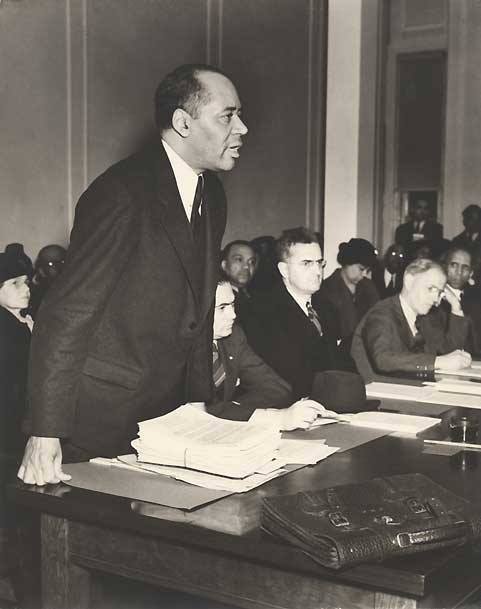
Charles Hamilton Houston speaks at an unidentified government hearing in Washington, D.C. circa 1940.
Houston died of a heart attack in 1950, just four years before the landmark Brown v. Board of Education decision validated his strategy. In a moving climax, the film recapitulates the arguments before the Court, Justice Warren’s opinion striking down Plessy, and the jubilant reactions of black America. Other legal victories followed.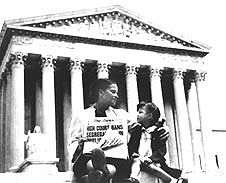
But Charles Houston had warned, “There’s a difference between law on the books and the law in action.” We witness how it was the civil rights movement, organized in the wake of Brown, that gave teeth to the new laws.
Moving from slavery to civil rights, The Road to Brown provides a concise history of how African-Americans finally won full legal equality under the Constitution. Its depiction of the interplay between race, law and history adds a crucial dimension to courses in U.S. History, Black Studies, Constitutional Law, Law & Society, Social Movements and Government. [Producer’s description.]
Distributed by California Newsreel.

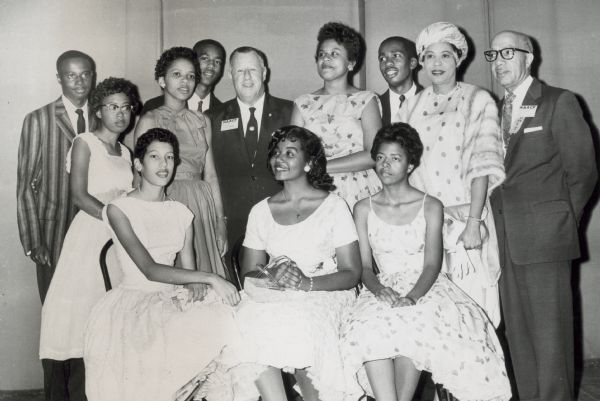
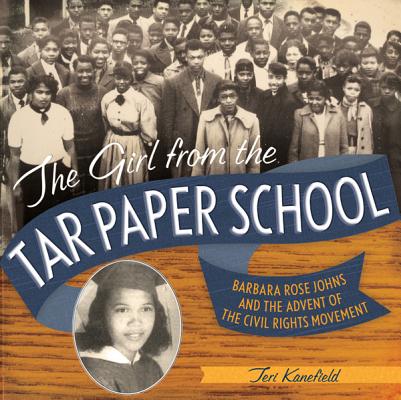
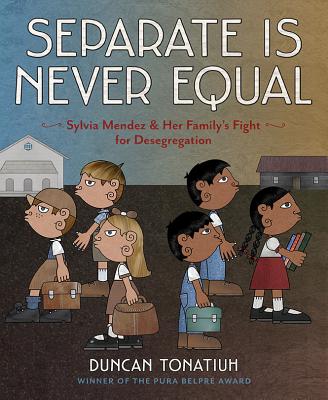
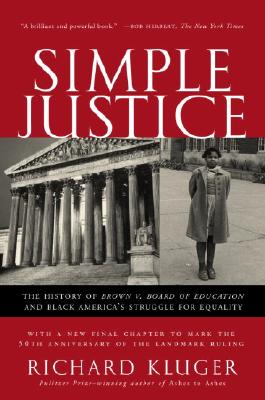






Twitter
Google plus
LinkedIn